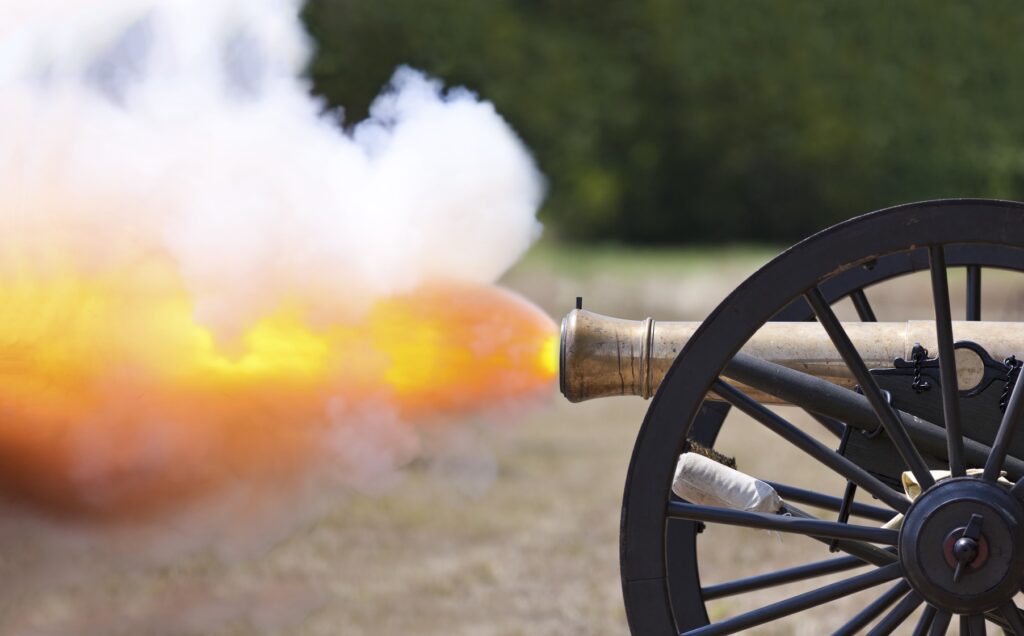
If you’ve been teaching history long enough, you’ve probably had some students in your classroom that seemed a little too excited about war. Gross wartime injuries are “awesome!” Students think that the solution to any confrontation is to just, “drop a giant bomb on them.” When I first started teaching, these comments were too common, and I didn’t know how to respond. More recently, I’ve developed an approach that works every time. This approach validates student comments and also frames them with context to help students develop a greater understanding of war.
The Demographics of my Classroom
Before I discuss how I approach the topic of war in my classroom, I must make clear the demographics in which I teach. This approach may work for your classroom also, however, it may require some nuance to make sure that it’s effective. I teach middle school in a small rural community. My students are largely white, and most have only experienced war through video games. Many of my male students also hunt and have some familiarity with guns. Therefore, war is something most of my students think they already know about.
Back in the Day
I teach the first half of U.S. History. Therefore, there are many wars that we discuss as part of the class. In my early years of teaching, I used to be really frustrated by the seemingly violent and “out of touch” comments my students made when we discussed the wartime experience. I couldn’t figure out why they would make these comments. Didn’t they know that war was awful? Didn’t they recognize that there was a difference between the video games they played and actual war experience? I would inevitably get annoyed and try to shut down these types of comments.
Finally, it dawned on me. They really didn’t know the difference between real war and the war they had experience on a screen.
These were students who were entirely removed from war. They had never experienced any type of war firsthand. Therefore, what they knew from war did come from video games or from movies. They didn’t know what war was really like.
My Current Approach
I recognized that I needed to change my approach. Instead of getting annoyed with kids for “out of touch” comments, I spun those comments in a positive direction.
Now, when students act like war is a fun experience, I say something like the following:
“That’s really great that you think that way about war. That means that you’ve never had to experience war in your lifetime. That’s a good thing. I would much rather that you see
war in this way than anyreal life war experience. If you’ve ever talked to anyone who has actually served in a war, or been through war, they will tell you that war is simply awful.”
This elicits a much different response. The student who made the innocently inappropriate comments doesn’t feel like he or she been scolded. Other students immediately chime in with stories about family members who served in
Students come out of this conversation more knowledgeable about what war really is without feeling bad about the fact that they didn’t understand that previously.
Obviously, this is my technique to serve the students I teach. Those of you who teach students who have experienced gun violence directly would probably need to change how you discuss this information. Still, I hope this helps my students to develop my empathy towards those who have fought in a war, lived through a war, or experienced gun violence in their community. I also hope it increases their own understanding of what war does to all of us.
How do you talk to your students about war?
